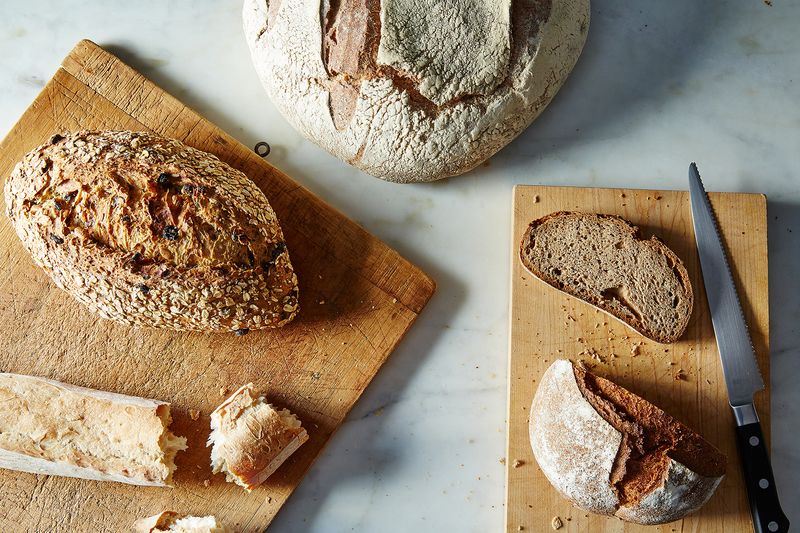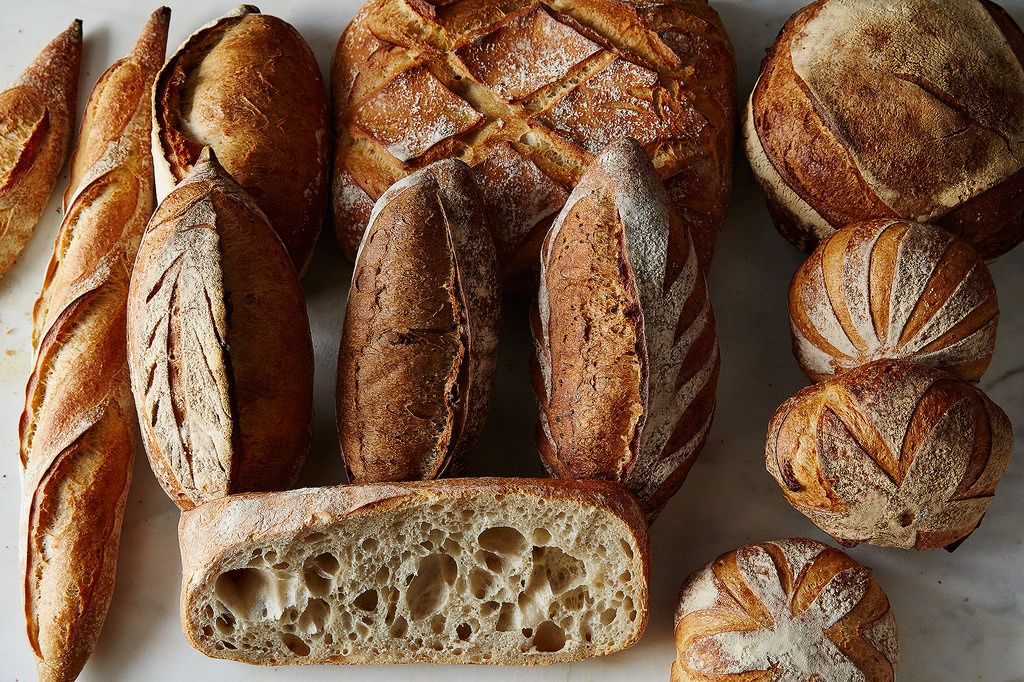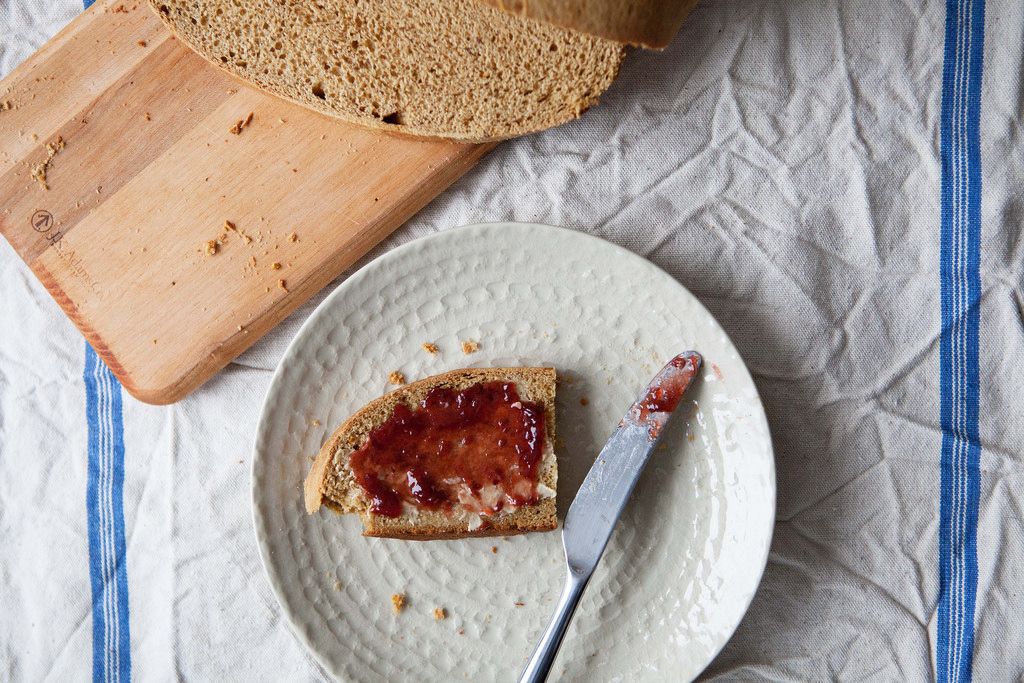Popular on Food52
Continue After Advertisement
7 Comments
Karen C.
January 2, 2021
No will power. Had to cut off a slice while still barely warm. I will try next time.
Janet F.
April 9, 2020
Fascinating article. My first #stayhomestaysafe loaf is rising (my first tangle with yeast since the 1970s), and I was hoping for a warm hunk as a midafternoon work snack. I'll restrain myself for the sake of bread chemistry.
Alexa C.
February 27, 2020
Sigh, sometimes I really resent well-researched articles like this.
p.s. I'm tearing it open, slathering a chunk with fresh butter, and taking the hit, this time. But next time, 2 loaves for sure!
p.s. I'm tearing it open, slathering a chunk with fresh butter, and taking the hit, this time. But next time, 2 loaves for sure!
Shelley M.
November 24, 2015
Maybe bake two loaves at a time- one for cooling and one for ripping into. At least dinner rolls cool pretty fast.
Niknud
November 23, 2015
I hear everything that your saying. The head, it knows but the heart, sigh.....the heart it wants what it wants. I hear you and yet....and yet I CANNOT help myself.
H I.
November 22, 2015
I have been told - no more ripping into my loaves as soon as they're cool enough not to burn the roof of my mouth! :-)





See what other Food52 readers are saying.